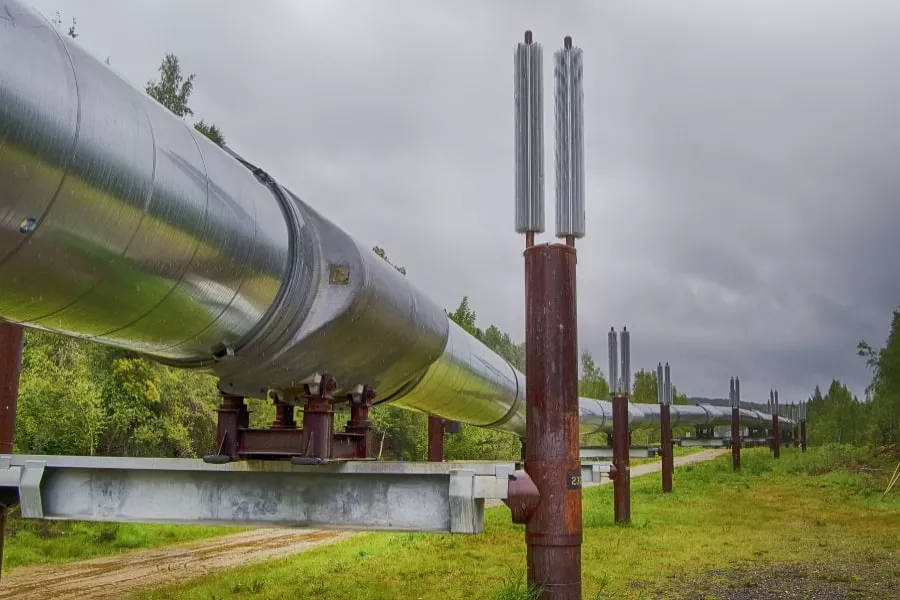
Everyone knows that energy prices have been rising in recent times. But exactly how is the cost of energy changing in the U.S.A. and around the world at present?
Changing Energy Prices In The U.S.A.
Due to Russia’s ongoing invasion of Ukraine and other factors like Covid-19 restrictions in other countries, the energy market has been significantly disrupted and consumers have been facing rising energy bills.
In fact, for a few years now, we have seen the biggest increase in crude-oil prices since the 1970s. Between April 2020 and April 2022, oil prices have actually increased by a whopping 350%. In nominal terms, coal and natural gas prices have also reached historic highs.
Furthermore, the prices of energy commodities are expected to be 46% higher in 2023 on average.
However, by looking at the latest data and news from the U.S. Energy Information Administration, we can discover that forecasts expect crude oil prices to fall in 2023 and to continue to drop into 2024.
Other energy prices are likely to fall too, but only time will tell how accurate those predictions are and whether end customers will actually see their bills fall in the near future.
Changing Energy Prices In Australia
While Australia has been introducing renewable forms of electricity like wind and solar power at record rates, the majority of the country’s electricity supply still comes from coal and gas, and the prices of those resources skyrocketed in 2022.
In fact, the average wholesale gas price per gigajoule has more than quadrupled over the last year. In 2020, the cost was around $6 (AU). Now, it is over $25.50 (AU). In turn, wholesale prices have significantly increased and consumers are paying much more than just a couple of years ago.
At least Australia has vast gas reserves to power the country’s homes and businesses. Therefore, it does not have to import as much energy as many other countries.
Though, interestingly, Australia has approximately six times more gas set aside for export than for domestic use. Australia is actually the largest gas exporter in the world. 80% of all of its gas is sent overseas.
And if the war in Ukraine continues for some time and global energy production continues to be affected, more and more countries will begin looking at other supply options, so Australia could export even more gas in the near future.
However, it is not all doom and gloom for consumers. It is still possible for end customers to get better deals and pay cheaper prices for their home energy supplies, such as electricity.
To make savings on the cost of your electricity, simply compare different providers in your region. For example, using an excellent online platform, you can find the best electricity company in QLD that provides the cheapest prices if you live in Queensland.
Changing Energy Prices In Europe
The price of energy in the European Union reached record levels in 2022.
The E.U. imports the majority of its energy, and the cost of those imports has impacted both producer and consumer prices.
In fact, between December 2020 and December 2021, the import price for energy in the E.U. region more than doubled, which was unprecedented. Before then, energy import prices increased no more than 30% at the very most throughout the course of a year.
The Takeaway
Many factors are affecting the steep rise in energy costs in the U.S.A., Australia, Europe, and around the world, but it is Russia’s invasion of Ukraine that has caused the greatest disruption. Therefore, the future of energy prices is largely dependent on how world events play out.
However, many experts are predicting that energy prices will start falling in 2023 and into 2024. And as a consumer, you can always shop around different energy providers to find a better deal.








